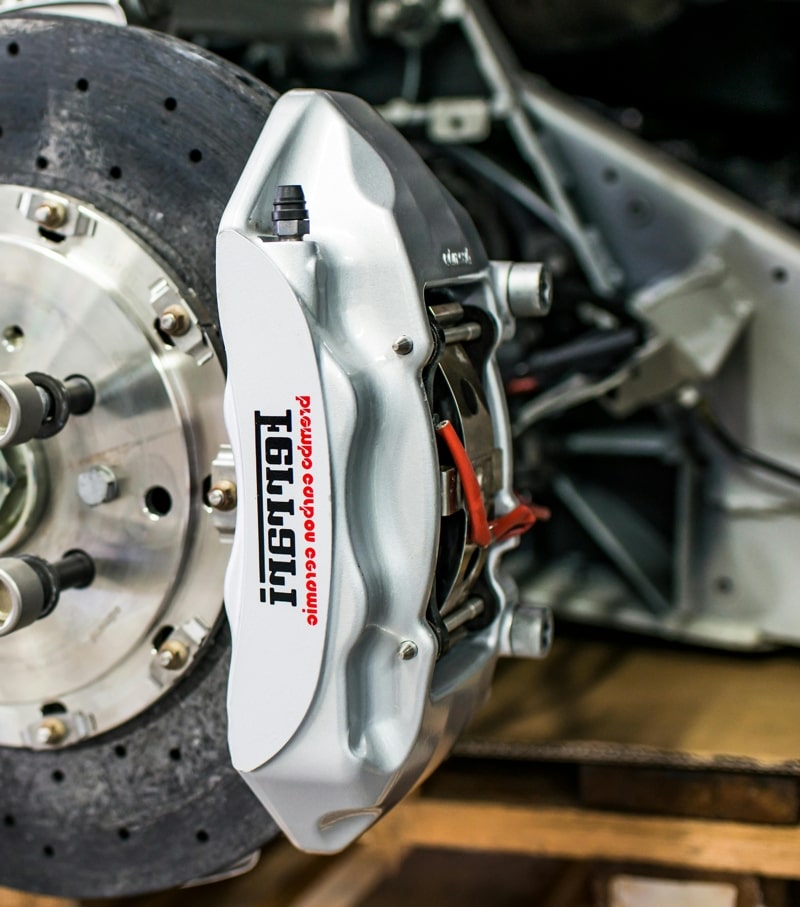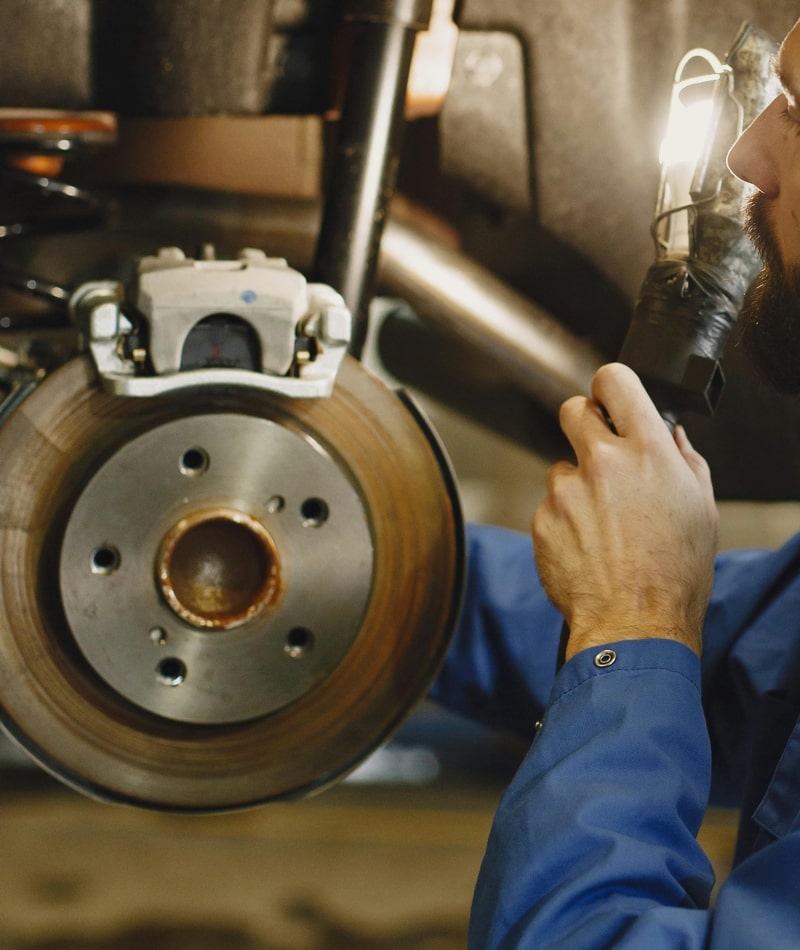How the Presence of Air in the ABS System Affects Brake Performance
 Here we explain how brake performance is affected by air in the Anti-lock Braking System (ABS). Air within the ABS module undermines the hydraulic pressure needed for optimal brake function.
Here we explain how brake performance is affected by air in the Anti-lock Braking System (ABS). Air within the ABS module undermines the hydraulic pressure needed for optimal brake function.
The Detrimental Effects of Air on ABS Performance
Air in the ABS system reduces the effectiveness of your brakes and leads to increased stopping distances and reduced safety.
The ABS relies on very precise hydraulic pressure to modulate the force of the brakes during hard stops and preventing the wheel from locking up.
When air is introduced into the system
- The brakes feels spongy when pressed: The brake pedal loses its firmness and feels soft or spongy when pressed.
- Erratic ABS activation: Air causes unpredictable ABS engagement which can lead to erratic braking response times.
- Increased brake pedal travel: More pedal effort is required to achieve braking.
- Compromised braking efficiency: The overall braking capability is reduced which are especially noticeable during hard stops.
How air gets into the ABS system
Air can get into the ABS by several ways but most often as a consequence of a system component failure or improper brake maintenance.
When the brake fluid is being changed, if the lines are not efficiently bled, air can get into them. The same can happen when replacing brake lines, calipers, or the master cylinder without following the strict air-removal procedures.
Air may also find its way into the ABS from leaks in the system’s seals and/or hoses, where the loss of fluid creates a vacuum that sucks air in.
Each of these situations disrupt the hydraulic pressure that’s necessary for the ABS to function properly, and the only way to fix it is through a thorough bleeding of the system to restore optimal performance again.
Steps for Bleeding the ABS Module
 If you want to bleed the ABS module yourself, this involves removing trapped air from the hydraulic circuit. Doing this ensure optimal brake performance.
If you want to bleed the ABS module yourself, this involves removing trapped air from the hydraulic circuit. Doing this ensure optimal brake performance.
Follow the steps below to properly bleed your ABS system:
Preparation:
Ensure the vehicle is on a flat surface and secure it with wheel chocks sso it doesn’t move. Gather necessary tools, including the brake fluid, a bleeding kit, and safety gear. You can buy a bleeding kit at Canadian Tire.
Locate the ABS Bleed Valves:
Consult the vehicle’s manual to find the ABS module and its bleed valves.
Traditional Bleeding:
Begin with a traditional brake system bleed to remove air from the main lines. This involves opening each wheel’s bleed valve, pressing the brake pedal all the way down, and closing the valve before releasing the pedal. You will need a friend to help you.
Activate the ABS Pump:
Some vehicles require a scan tool to activate the ABS pump. This tool circulates the fluid and dislodges air trapped within the ABS module.
Bleed the ABS Module:
With the ABS pump activated, open the ABS module bleed valves – following the manufacturer’s specified sequence – until clear, bubble-free brake fluid is flowing.
Maintaining Your Brake System
Ensure longer brake life and performance with regular maintenance and prompt attention to brake system issues. Contact your mechanic because regular checks and maintenance will:
- Extend the lifespan of brake components.
- Enhance vehicle safety and reliability.
- Improve brake performance and response.
- Ensure peace of mind.
Your Mechanic Will Inspect Your Vehicle’s Braking System
If you don’t want to bleed your brakes yourself and if you live in Brantford, visit our brake repair service page to make an appointment with our mechanic.
Leave a Reply